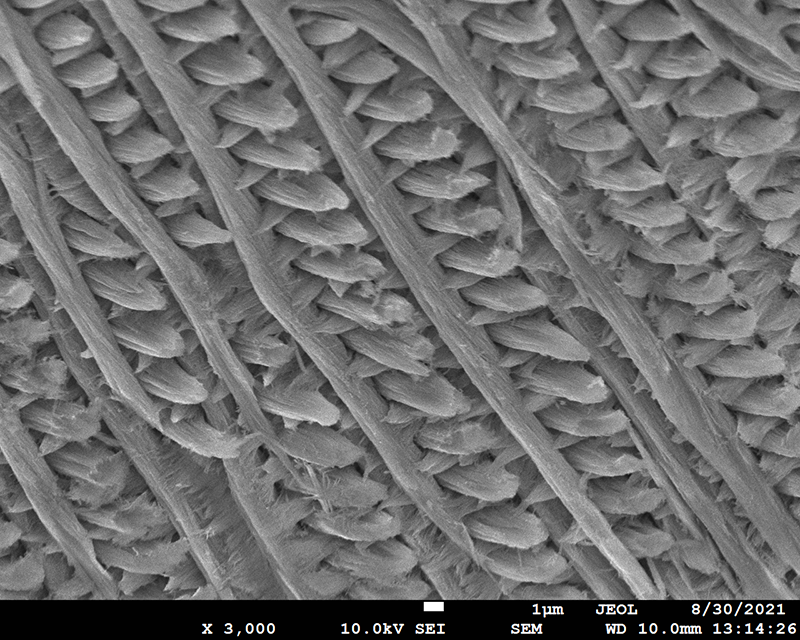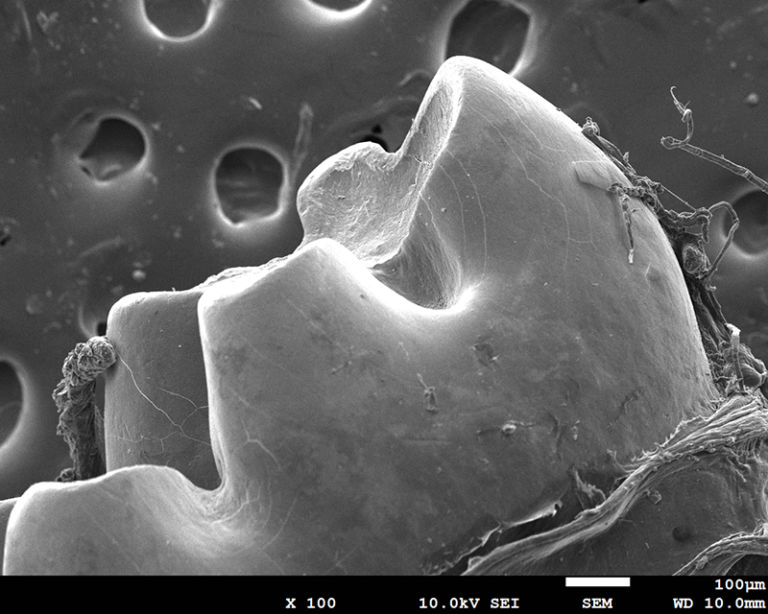

Cre Mouse Models to Study Amelogenesis (NIH/NIDCR UH3DE028850)
In June of 2017 a group of dental researchers met at the NIDCR to discuss the future of enamel research and concluded, in a summary statement, that in the field of enamel research, a lack of models to study enamel formation and disease has hampered recent progress. The group concluded that more appropriate ameloblast- like cell lines, investment in organoid and chip technology and novel animal models could be used to advance the field. With respect to animal models, I believe enamel researchers suffer from not having enamel organ- specific Cre recombinase mutant mouse. For the past 2 decades enamel researchers have used the Krt14-Cre (keratin 14-Cre recombinase) mutant to study enamel-specific activities by cross breeding with various loxP mouse lines. The significant disadvantage of using the Krt14-Cre mouse for enamel research is that Krt14 is expressed in multiple tissues including skin, bronchial epithelia, tongue, trachea, salivary glands, and many more organs, and because of this many of the developed loxP mouse lines are not appropriate to study amelogenesis. For example, mRNA expression levels of the anion exchanger protein (Slc4a2/AE2), or the cystic fibrosis transmembrane conductance regulator (Cftr), increases ~ 6-fold and 3-fold respectively in the enamel organ during maturation stage (compared to secretory stage), and beyond tooth formation both genes are widely expressed in lung and pancreas and are critical to their development. Both Slc4a2-null and Cftr-null mice have severe enamel pathologies. To use the Krt14-Cre mutant mouse to study the role of either AE2fl/fl or Cftrfl/fl would have significant limitations because these animals would predictably suffer from multiple organ failures at a young age. I propose to develop two animal models with a knockin of Cre recombinase into the ameloblastin (Ambn) and odontogenic ameloblast-associated (Odam) gene loci such that Cre expression is limited to secretory ameloblasts and maturation ameloblasts respectively. The UG3 stage of this grant will be devoted to the development of these two animal models; Ambn-Cre and Odam-Cre, and the UH3 phase will validate these two animals as unique in vivo models to study amelogenesis. At the completion of this project data from these animals will be published, and both lines deposited in an appropriate facility such as the Mutamt Mouse Resource and Research Centers (MMRRC).
Amelogenesis and Ion Transport (NIH/NIDCR R01DE029445)
During enamel formation (amelogenesis) the regulation of extracellular pH (pHe) is critical as shown by multiple mutant mice lines. Bicarbonate (HCO3-) export to the enamel matrix involves anion exchanger 2 (AE2) and members of the SLC26A gene family. AE2 is localized to the lateral membrane of maturation ameloblasts, while SLC26A1, 3, 4, 6 and 7 all localize to the apical/distal membrane of these same cells. In maturation ameloblasts SLC26A proteins colocalize with the cystic fibrosis transmembrane conductance regulator (CFTR) and function together to allow for the export of HCO3- and the bidirectional movements of chloride ions (Cl-) as part of the pHe regulatory process. In other polarized epithelial cell types of a secretory nature, SLC26A proteins and CFTR form a network with cytoskeletal filamentous actin (F-actin) at the apical pole dictating, to a large part, cell polarity and microvilli projections. NHERF1/SLC9A3R1 and Ezrin proteins are also involved with this network interaction. The pH-sensitive sodium dependent phosphate transporter (SLC34A2/NaPi2b), an inorganic phosphate (Pi) import channel also localizes to the apical pole of maturation ameloblasts, which may suggest a direct link between pHe regulation and Pi transport activities during enamel mineralization events. Data suggests that miRNAs, targeting the mRNAs of specific ion transport proteins, also influence ion transport and pHe regulation. Our prior whole transcriptome analysis of maturation and secretory enamel organ cells identify a potential role for miR-298 and miR-346 in the regulation of NHERF1, Slc26a1, Slc26a7 and Cftr. In this application we hypothesize that a “SLC26A/CFTR/NHERF1/NaPi2b network, directing ion movements directly related to HCO3- and Pi transport and pH regulation, while at the same time dictating apical membrane architecture, is critical for enamel maturation, and disruptions to this network result in enamel pathologies that will severely impact on enamel longevity.” We propose the following specific aims: 1) immunolocalization of NHERF1, EZRIN, CFTR and NaPi2b in maturation ameloblasts; 2) disrupt SLC26A/CFTR/NHERF1/NaPi2b network in enamel organ cells in vivo using miR-346 and miR-298 delivered directly at the site of mineralization; and; 3) investigate the nature of the NHERF1 and NaPi2b interactions in enamel organ cells in vitro and in vivo. In this study we anticipate that disrupting the SLC26A/CFTR network and NaPi2b activity, by directly targeting NHERF1 function, will result in a significant enamel dysmorphology. Findings from this study will have a significant impact on our understanding of the biomineralization process as it relates to enamel formation in all mammalian species. This study may also lead to strategies for handling inherited enamel defects in the clinic; and, in the long run help to prevent and alleviate the suffering of those afflicted with cystic fibrosis and other diseases.
